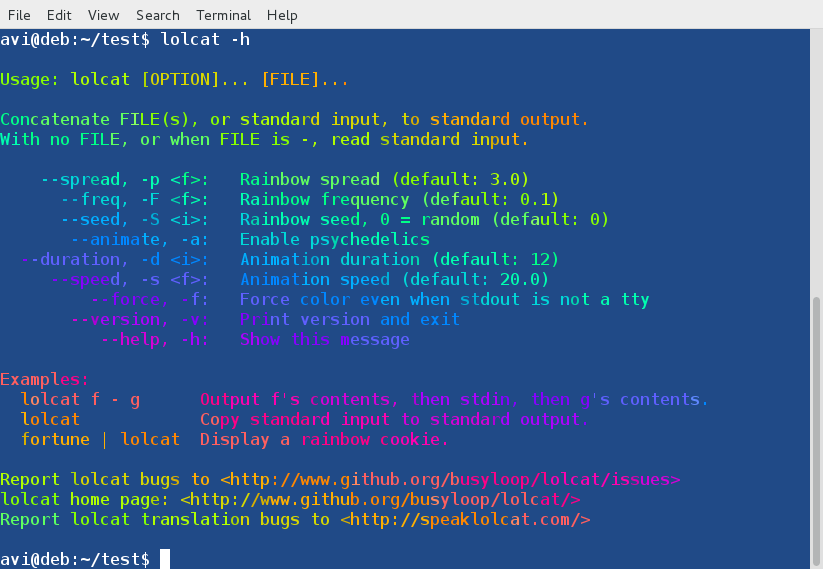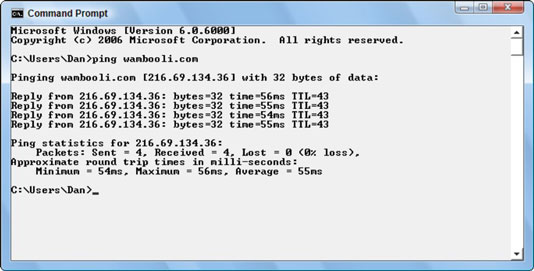The ping will run. If the network works fine and the pinged IP is responding, you will start to see multiple entries coming up in the terminal. To stop, press Ctrl+C. How to Test Ping on your Mac through Website. You can also do the ping test by using online services. The one we have used is ping.eu. 'G'-Alert ping 'V'-Retreat ping. Just pressing these will ping regularly, when holding them down you open the smart ping menu where you can choose specific ping commands. If you alert on a gem it will tell your team what type of gem it is. Likewise if you ping a tower it shows a defense (team) or offensive (enemy) sign.
Ping is available in Windows, Linux, and MacOS as a diagnostics tool for network connections. In our article on ping command basics, we already introduced you to the command line program’s functions. To complement this, we’ll show you below how you can use ping for continuous tests.
Continuous ping in Windows 7, 8, and 10
In Windows, the ping sends four data packets in its default setting to the target computer you specified by IP address or host name. If you would like to test the network connection between two computers on an ongoing basis, the “continuous ping” option is available.

Follow these instructions to run ping in Windows 7, 8, or 10 as a continuous test.
Step 1: Open the Windows command prompt. One way of doing this is by entering the key combination Windows + R and enter the command CMD.
Step 2: Enter the command line ping with the -t option and any address and confirm by clicking [Enter].
United We Web
Get found. Grow online.
Businesses are uniting with IONOS for all the tools and support needed for online success.
Windows runs the command line program as a continuous ping in an endless loop.
For each incoming response packet, ping issues an entry on the standard output (stdout). Provided that you haven’t added any other settings, the information will be recorded directly into the terminal. The output comprises the IP address of the pinged computer, the size (in bytes) of the response packet, the response time in milliseconds (ms) as well as the TTL (Time to live).
The echo queries are dispatched every second to the target computer until you end the command line program with [Ctrl] + [C].
If you stop the ping, the program displays a statistical summary (ping statistics) at its conclusion.

If needed, you can redirect the standard output to a text file. To do so, you add the appropriate operator (the greater-than symbol) as well as the file name (including the extension).
If no file is found under the specified file name, it will be automatically generated. In the example presented above, we redirect the standard output to a txt file named logfile.
Both the information on the incoming data packets and the ping statistics will be recorded in the text file you have specified.
You’ll find an overview of the most important CMD commands in our article on the basics of the Windows command prompt.
Continuous ping in Linux
In Linux, the ping command line program is already run on an endless loop in the default setting. Follow the instructions below to perform a continuous ping test in a Linux system.
Step 1: Open the terminal for your Linux distribution in Ubuntu. One way to do this is with the key combination [Ctrl] + [Alt] + [T] (Genome, KDE).
Step 2: Enter the ping command and the target computer’s address in the command line and confirm by hitting [Enter].
In Linux, the redirection of the standard output to a text file occurs according to the same syntax as that used in Windows.
If you’d like to have the continuous ping issue a timestamp, use ping with the -D option. In this case, the output for each incoming response packet is preceded by a UNIX timestamp.
If you don’t want to run ping on an endless loop in Linux, define the ping quantity with the -c option according to the following example.
The target computer with the IP address 93.184.216.34 is pinged exactly four times before the program terminates itself.
We provide an overview of the most important Linux commands in our article on the Linux terminal.
Ping Command For Mac Terminal
Continuous ping in MacOS
In MacOS, the ping command line program is also run as a continuous ping in the default setting.
Follow the instructions below to run ping in MacOS as a continuous test:
Run Ping On Mac

Step 1: Open the terminal. You’ll find the Mac terminal under “Applications” in the subfolder “Utilities”.
Step 2: Run the ping commandwith the address of the target computer.

In MacOS, you redirect the standard output according to the same procedure you would use in Linux and Windows.

Run a ping test as you would in Linux with a user-defined quantity of echo request queries by choosing option -c.
You’ll find further information on ping command in Windows, Linux and MacOS in your operating system’s manual. Enter the command manping in the terminal in order to open the manual page for the corresponding command line.
You can use the ping command to verify the connectivity between two network devices that are IP (Internet Protocol) based.
To ping a network device using a system that is running OSX, complete the following:
- Click Applications >Utilities >Terminal.
- Type ping -c <number of times to ping><IP address>. The IP address is XXX.XXX.XXX.XXX, where XXX is a number between 0 and 255. For example, to ping 192.168.1.1 five times, you would type ping -c 5 192.168.1.1.
Note: If you do not enter the number of times that you want to ping the IP address, your system will continuously ping the address until you manually stop it. To stop pinging the IP address, press Control + C.
If the ping is successful, you should receive replies from the address that you are trying to ping. If the ping is unsuccessful, you need to diagnose your network setup further.
To verify if your local network adapter is working, you can ping 127.0.0.1, which is a loopback address. The loopback address is a virtual network port for most operating systems.